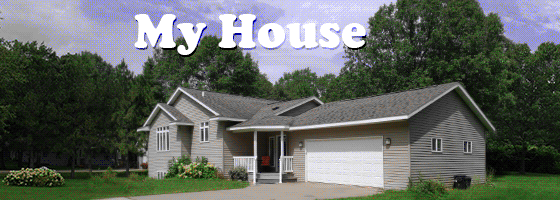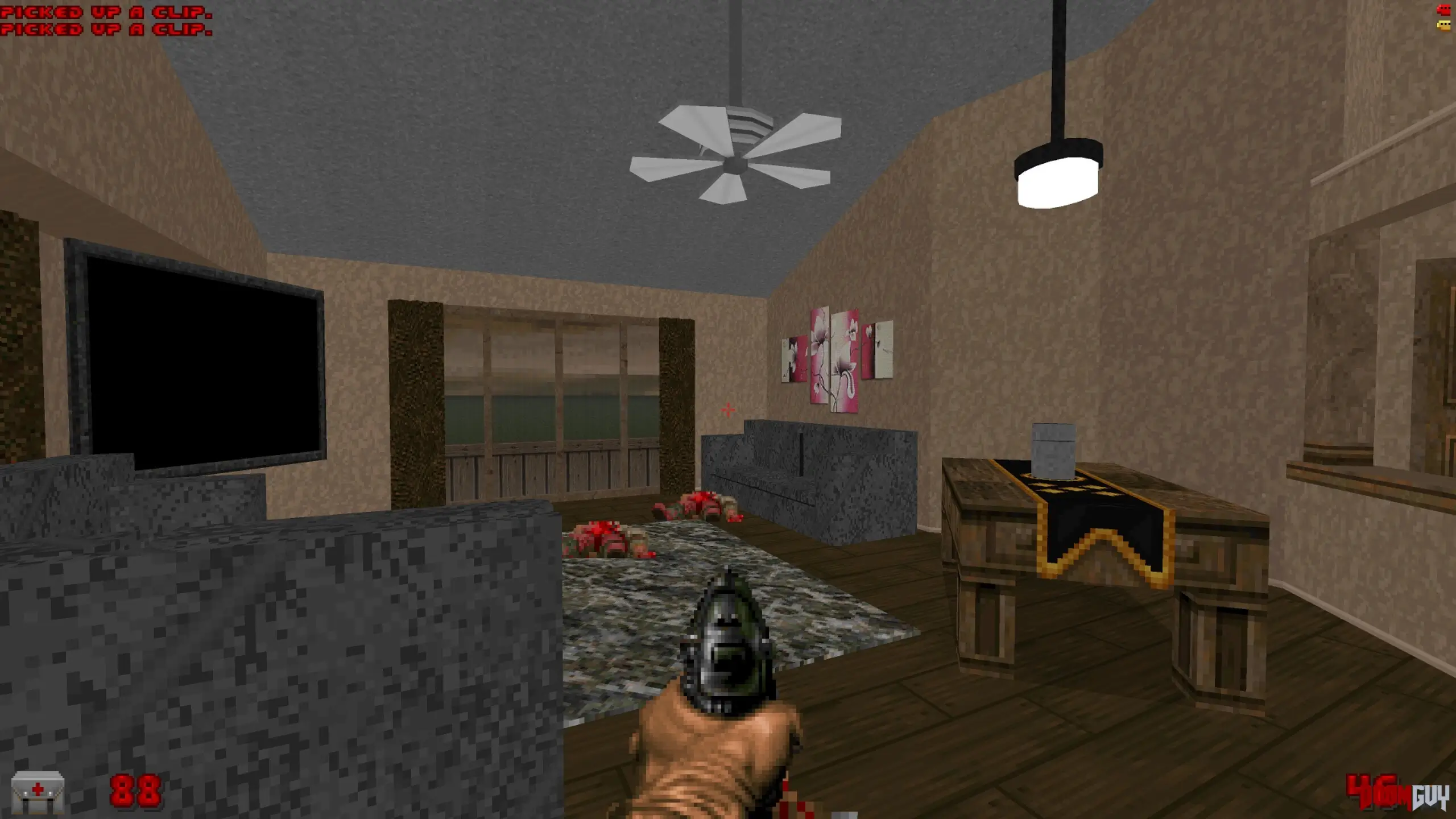The Mystery of Veddge: The Creator Behind MyHouse.wad

When MyHouse.wad appeared on Doomworld in March 2023, it looked like a quiet tribute from one Doom fan to another. The post, written by a user known only as Veddge, introduced the map as a reconstruction of a friend’s house. The message sounded heartfelt and simple, explaining that the creator wanted to honor a friend named Tom who had passed away. At first glance, it seemed like nothing more than a small memorial project, but it would soon become one of the most mysterious and emotional Doom experiences ever made.


Very little is known about Veddge. They had been a member of Doomworld for years but rarely posted. When MyHouse.wad was released, the post felt strangely personal, almost like an open letter. The story went that Tom, the friend who had died, had started making a Doom level years ago but never finished it. After his passing, Veddge supposedly found the old files and decided to complete them. The goal was to rebuild Tom’s real-life home using the GZDoom engine. It sounded like a touching act of remembrance, a way to preserve something of a friend who was gone.
But once players started exploring the map, they realized it was no ordinary tribute. The house felt real at first, small and believable, filled with familiar rooms like a bathroom, a kitchen, and a living room. After completing it once, things began to change. Rooms moved to new locations, doors led to unexpected places, and familiar spaces twisted into impossible shapes. Each time you played, the house became something different, as if it were alive.
That was when players began to sense something deeper beneath the surface. The way Veddge wrote on Doomworld was detached and cryptic, often answering questions in fragments. Some people began to suspect that Tom might not have been a real person at all. Maybe Tom represented a part of Veddge that was lost. Maybe the map wasn’t about someone else’s death but about the creator’s own grief or emotional breakdown. The changing rooms, the looping hallways, and the dreamlike sequences started to feel like expressions of mourning and memory rather than simple game design.


The level design itself was a masterpiece of unease. Portals looped endlessly, familiar spaces would suddenly distort, and the atmosphere shifted from cozy to surreal. Players found secret areas that defied logic: an empty pool world filled with blue light, an airport terminal that seemed to exist outside time, and a dream dimension built from impossible geometry. Every part of the map felt like a symbolic space, representing confusion, loss, or fading memory. There were no enemies for long stretches, only the feeling that something was wrong and that the house was quietly mourning with you.
MyHouse.wad became known as a story told entirely through space. It was not about fighting demons but about exploring the layers of a person’s mind. It used the Doom engine, one of the oldest in gaming history, to express emotions most modern games struggle to convey. The map’s changing architecture mirrored how memory and grief shift over time, and the silence between rooms carried more weight than any line of dialogue could.
Whether Veddge truly made it to honor a lost friend or as a metaphor for their own struggle is something nobody knows. The author vanished from the forums soon after, leaving behind only the map and a thread full of speculation. Yet the mystery is part of its magic. MyHouse.wad stands as a strange digital ghost story, a haunting journey into memory and loss, and proof that even a thirty-year-old game can still touch the deepest parts of the human heart.


Very little is known about Veddge. They had been a member of Doomworld for years but rarely posted. When MyHouse.wad was released, the post felt strangely personal, almost like an open letter. The story went that Tom, the friend who had died, had started making a Doom level years ago but never finished it. After his passing, Veddge supposedly found the old files and decided to complete them. The goal was to rebuild Tom’s real-life home using the GZDoom engine. It sounded like a touching act of remembrance, a way to preserve something of a friend who was gone.
But once players started exploring the map, they realized it was no ordinary tribute. The house felt real at first, small and believable, filled with familiar rooms like a bathroom, a kitchen, and a living room. After completing it once, things began to change. Rooms moved to new locations, doors led to unexpected places, and familiar spaces twisted into impossible shapes. Each time you played, the house became something different, as if it were alive.
That was when players began to sense something deeper beneath the surface. The way Veddge wrote on Doomworld was detached and cryptic, often answering questions in fragments. Some people began to suspect that Tom might not have been a real person at all. Maybe Tom represented a part of Veddge that was lost. Maybe the map wasn’t about someone else’s death but about the creator’s own grief or emotional breakdown. The changing rooms, the looping hallways, and the dreamlike sequences started to feel like expressions of mourning and memory rather than simple game design.


The level design itself was a masterpiece of unease. Portals looped endlessly, familiar spaces would suddenly distort, and the atmosphere shifted from cozy to surreal. Players found secret areas that defied logic: an empty pool world filled with blue light, an airport terminal that seemed to exist outside time, and a dream dimension built from impossible geometry. Every part of the map felt like a symbolic space, representing confusion, loss, or fading memory. There were no enemies for long stretches, only the feeling that something was wrong and that the house was quietly mourning with you.
MyHouse.wad became known as a story told entirely through space. It was not about fighting demons but about exploring the layers of a person’s mind. It used the Doom engine, one of the oldest in gaming history, to express emotions most modern games struggle to convey. The map’s changing architecture mirrored how memory and grief shift over time, and the silence between rooms carried more weight than any line of dialogue could.
Whether Veddge truly made it to honor a lost friend or as a metaphor for their own struggle is something nobody knows. The author vanished from the forums soon after, leaving behind only the map and a thread full of speculation. Yet the mystery is part of its magic. MyHouse.wad stands as a strange digital ghost story, a haunting journey into memory and loss, and proof that even a thirty-year-old game can still touch the deepest parts of the human heart.